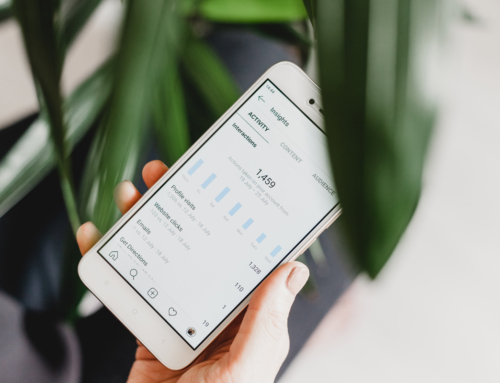 Search Engine Optimisation (SEO) and Pay Per Click (PPC) advertising are not mutually exclusive. The aim of both is to bring traffic to your site. And, as part of a well-rounded strategy, it’s perfectly acceptable to do both.
Search Engine Optimisation (SEO) and Pay Per Click (PPC) advertising are not mutually exclusive. The aim of both is to bring traffic to your site. And, as part of a well-rounded strategy, it’s perfectly acceptable to do both.
Here are 11 good reasons why we recommend you pair SEO with a PPC campaign.
1. Cover your bases
Once a search page pops up, a user has around twenty different places to visit. The most prominent, such as the first few results, are the ones they will notice and visit. We’d hope that the first result is an organic search result we’ve achieved for you, but why not have a PPC ad as a backup?
Figures from Google show that if you have the top SEO position, and the top PPC position, then the increase in the click-through rate to your site is a whopping 150 percent.
2. Test your copy in brief
When you create PPC ads, it’s easy to quickly test your unique selling points, ad headlines and ad content. The results can be fed back into your SEO campaign.
3. Local search tests
If you’re looking for quick wins on a local level, content always wins out. When you invest in quality content, there’s less competition than if you’re fighting for global or national traffic, especially if your services rely on local custom. Genuine user reviews, rich with keywords, are the way to go.
Having said that, PPC plays a part too. You can use PPC to test the success of any proposed site changes without threatening your existing rankings. Set up local AdWords campaigns and see how well they do; if they are successful, we can reflect that in your SEO.
4. Landing page quality
The tiniest aspect of a landing page can have an immense effect on your conversions. PPC allows you to quickly test landing pages to see which ones searchers respond to. Further development will help that landing page to perform better in organic search.
5. Sourcing keyword data
By using AdWords, you can see how your keywords are doing, and use the successful ones as SEO target keyphrases. Your Search Query report will inform you of the most frequent queries that are leading to visits and conversions, and you can also use this information to work out what your content strategy should be.
It’s not possible to source keyword data from organic search any more (except in a tiny fraction of cases), so PPC really comes into its own here.
6. Test display ads
If you’re lucky enough to place a display ad somewhere that generates rewarding results, you can use marketing to build a relationship with the site that displayed your ad. You can explore other potentially rewarding efforts with them, such as joint blogs, or swapping social network traffic sources.
7. Improve conversion rate optimisation
A badly performing website is often one that leaves customers to their own devices. A better performing website takes customers by the hand as soon as they enter their virtual store, and guides them gently through the process all the way to the desire CTA. This is how you optimize your conversion rate, and it’s an increasingly intricate science.
You can apply the same science to your organic traffic by testing your ‘journeys’ (from entering a search term to arriving at your landing page).Using paid traffic, each signpost can be an ad or specific landing page. By split-testing each journey, you’ll quickly find out which paths are the most fruitful.
8. Measure conversion paths
With simultaneous use of PPC and SEO, you can readily see how often a visitor uses your site before they actually convert. This means you can split your successful conversions per channel, and not just attribute your success to your PPC campaign, or your SEO efforts.
Don’t forget that some visitors will have used your PPC link and your organic link to engage with your site.
9. Find the best times to publish
There are lots of guides that claim to tutor readers on the best times to publish new content. In truth, nobody really knows your business like you do. No one guide can predict the behaviour of your visitors.
Your PPC stats will tell you at what times you are obtaining the most traffic during the day. If your traffic expands every Saturday between noon and 6pm, then this is the time you should be pushing new content and new campaigns.
10. Gain demographic data
You can use the demographic data gained from your PPC analytics to influence your SEO efforts. It’s an excellent way of understanding your audience, and to work out how best to market to them.
11. Test remarketing
The worse thing you can do with your converted visitors is to thank them and then send them on their way. If a customer has engaged once with your site either partially (or all the way through to converting), they are more likely to engage with your site than someone who has never engaged at all.
Once you have “captured” a visitor, you can make best attempts to build a lasting relationship with them; or, in the case of those who abandoned the purchasing journey part way through, find ways to support them so they find a reason to complete the journey at the second time.
Getting help
Always try at first to naturally persuade visitors to become consumers, rather than offering price-slashing deals. SEO and PPC will help you get noticed, but the more often a customer is offered a promotional deal, the more often they come to expect it. Generating traffic should result in a natural boost in income that doesn’t depend on coupons and discounts.



